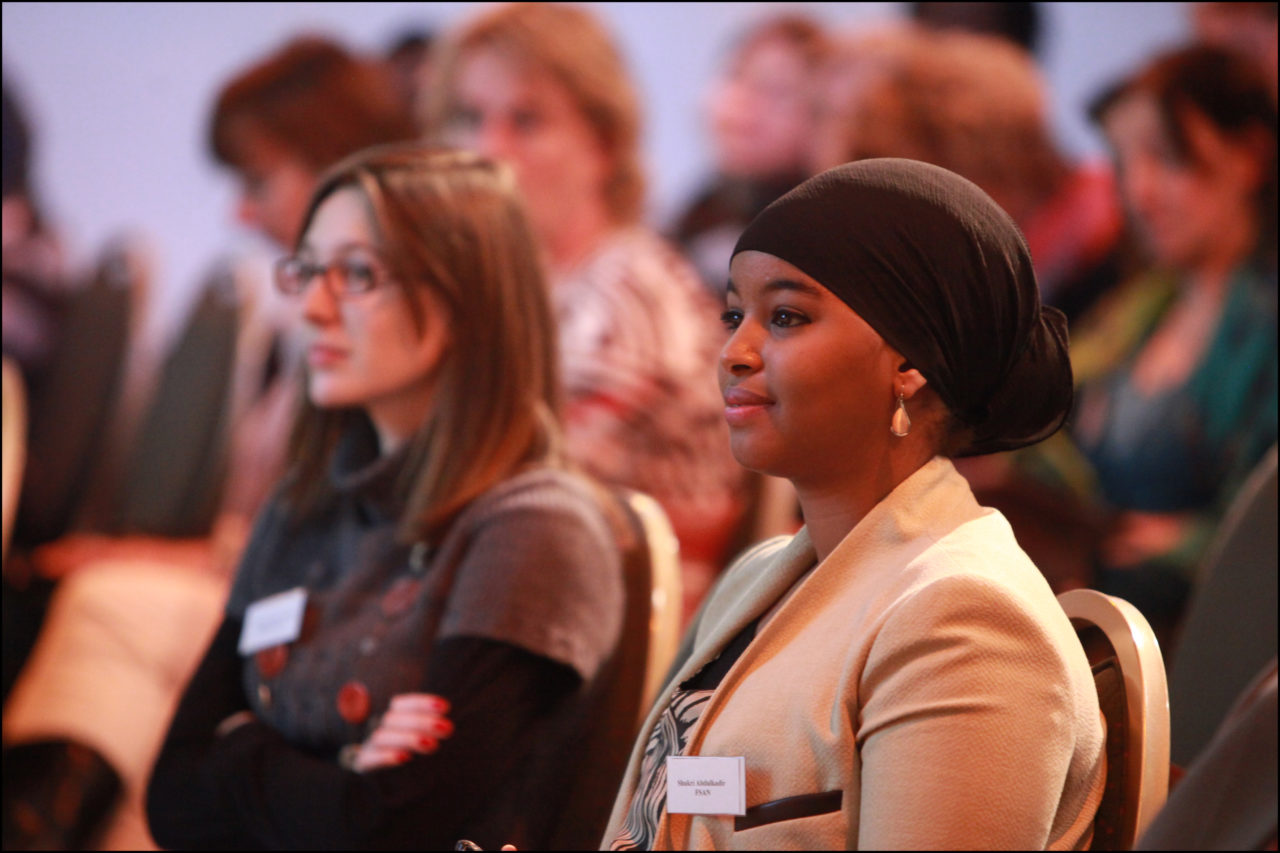Below you will find a chronological overview of policy developments regarding FGM in the Netherlands. This development is closely linked to developments elsewhere in the world and at the international level.
>> Go to the overview of international developments
The Netherlands came into contact with FGM for the first time in the early nineties, when women from countries in which FGM is prevalent first arrived in the country. How has the policy developed since then?
| Fgm policy developement since 1992 | |
| 1992 | Bartels and Haaijer wrote a research report on female circumcision among Somali women in the Netherlands. This led to the very first public attention to FGM in the Netherlands. |
| 1993 | The government issued its official position that all forms of FGM are prohibited. The reason is that FGM contradicts the prevailing views in the Netherlands on the equality of women and their position in society. All forms of FGM are regarded as serious, irreversible forms of bodily injury, with high risks of physical and psychological symptoms. |
| 1993 – 2005 | In this period various separate projects took place, initiated by several NGOs. There was no national framework and policy. Initiatives in this period included: |
|
|
|
|
|
|
|
|
|
|
|
|
|
|
|
|
| 2005 | The Council for Public Health and Health Care (RVZ) published its advice on how FGM could be combated effectively in the Netherlands. |
| In the position paper issued by the Cabinet on August 26, 2005, the government had formulated a reaction to the RVZ advice. The government opted for a two-track policy: promoting prevention and upholding the statutory prohibition of FGM. In addition, the focus would be on a chain approach, in which preventative actions would be taken from different perspectives and at different levels. With this policy, the Cabinet adopted many of the recommendations from the RVZ advice report. | |
| The government’s position has been in accordance with the vision of WHO and UNICEF that change in a community can happen if measures are taken to enable this change, such as support, facilitation and encouragement. Legislation is a support tool that can be used as a ‘big stick’. But it is not the most important instrument. | |
| 2006 – 2009 | Commissioned by the Ministry of Health, the pilot ‘Preventing FGM’ was performed in six major cities where relatively many people from the communities at risk were living. It was an intensive collaboration between Municipal Health Services (GGD) of the six pilot municipalities, Pharos and FSAN. The purpose of the pilot was to develop coherent prevention activities through a chain approach. The purpose of the prevention activities was twofold: |
|
|
|
|
| In 2007, this pilot received additional support through the policy brief ‘Beschermd en weerbaar’ (Protected and resilient). In this brief, attention was drawn to forms of violence such as FGM in dependent relationships. | |
| The evaluation of the pilot showed that the integrated chain approach on prevention seemed to bear some fruits. Improvements were recommended in the areas of: | |
|
|
|
|
|
|
|
|
| An evaluation by the Advice and Reporting Centres on Child Abuse (AMK) showed that in the period from July 2007 to February 2008, 44 requests for advice and reports on FGM had been sent to the AMK and the Council for Child Protection. | |
| 2010 – 2011 | In the nationwide rollout of the prevention project, points for improvement from both evaluation reports have been included. This project took place in 2010 and 2011 with the following partners: |
|
|
|
|
| Also, there has been more focus on activities in the field of medical and psychosocial care. | |
| 2013 | EIGE published a new fact sheet about the Dutch policy in the field of FGM.
Current situation and trends of female genital mutilation in the Netherlands (EIGE, 2013) |
| 2014 – 2015 | After a pilot in 2011 in The Hague, consultation hours were held in the period 2012 to 2015 for circumcised women in six locations in the Netherlands (The Hague, Tilburg/Den Bosch, Eindhoven, Groningen, and Rotterdam). In Nijmegen, the consultation was held by a family doctor. In 2015, the Apeldoorn region decided to set up a consultation too. Since the conclusion of the pilot, there are consultation hours at various locations. The report (in Dutch) is available by contacting Erick Vloeberghs (e.vloeberghs@pharos.nl). |
| Through information sessions and home visits women from high-risk countries were briefed during the pilot by key persons about the existence of these consultations and were accompanied to the services when they had complaints. At each location, staff informed healthcare professionals about the services. During the consultation, a trained nurse or a doctor tries to define the health problem. If necessary, women are referred to other health services for further assistance. | |
| New risk countries. Since 2014, it has become increasingly clear that female circumcision is not only taking place in Africa but also in the Middle East and in Asia. Given the large number of Indonesian women in the Netherlands, Pharos conducted an exploratory study among that group in the period April 2014 – January 2015. | |
| The validity of the ‘Model Protocol on medical care for women and girls with female genital mutilation (FGM)’ has expired. Since the end of 2015, this protocol will be converted into a multidisciplinary guideline on care for women with FGM. Its development takes place by a core team consisting of members of SRH professional organizations, FSAN (for the patient perspective) and Pharos, in close consultation with the advisory board. |
